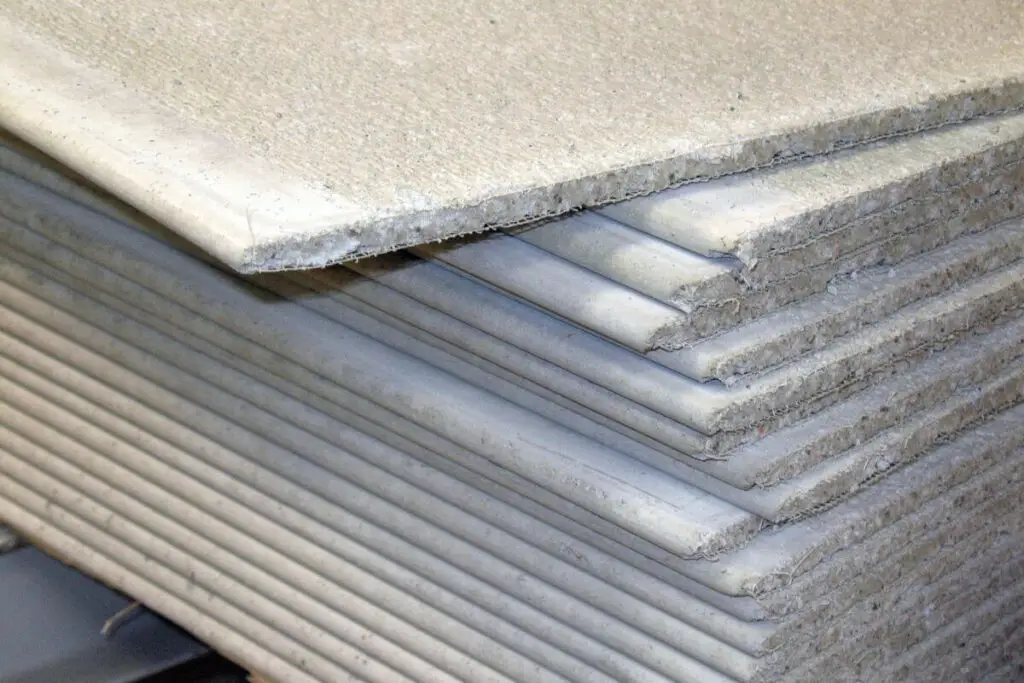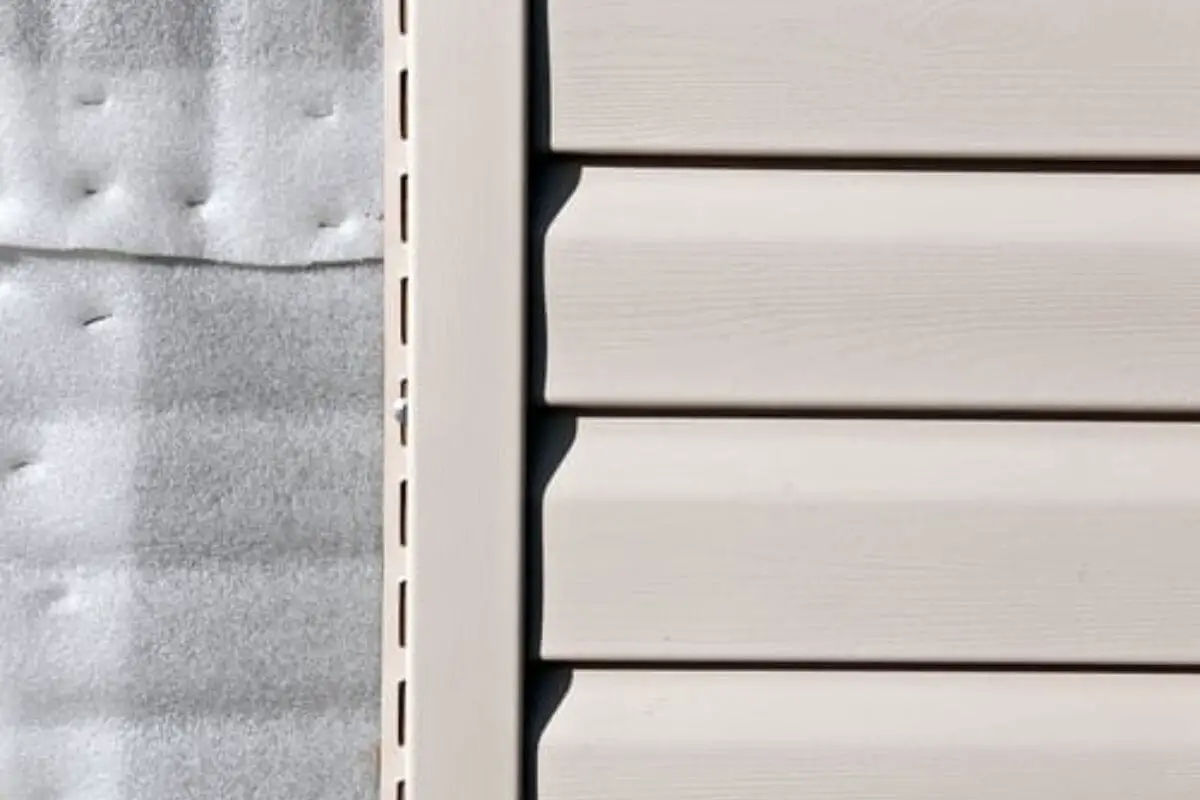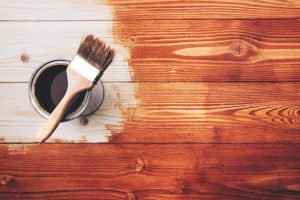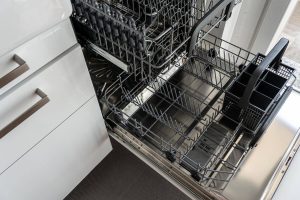When it comes to building materials for your home, making the right choice is crucial. Two popular options that often come into consideration are Hardie board and cement board. Both have their unique characteristics and advantages, making them suitable for various construction projects. In this article, we’ll delve into the differences and applications of Hardie board and cement board to help you make an informed decision.
What is Hardie Board?
Composition and Features
Hardie board, also known as James Hardie board or HardieBacker, is a type of fiber cement board. It is primarily composed of cement, sand, and cellulose fibers. This combination results in a durable and water-resistant material that is ideal for exterior siding, trim, and even interior applications.
Advantages of Hardie Board
- Durability: Hardie board is highly resistant to moisture, rot, and pests, making it a long-lasting option for siding and trim.
- Fire Resistance: It has excellent fire resistance properties, which can enhance the safety of your home.
- Paintable: Hardie board holds paint well, allowing for customization of your home’s exterior appearance.
- Low Maintenance: It requires minimal maintenance over the years, reducing long-term costs.
What is Cement Board?
Composition and Features
Cement board, often referred to as backer board, is primarily composed of cement and reinforcing fibers, such as fiberglass or cellulose. This composition results in a rigid and sturdy material that is designed for use as a substrate for tile and stone installations, particularly in wet areas like bathrooms and kitchens.

Advantages of Cement Board
- Moisture Resistance: Cement board is highly resistant to moisture, making it an ideal choice for wet environments where other materials might deteriorate.
- Strength: It provides a solid surface for tile and stone installations, preventing flexing and cracking.
- Mold Resistance: Due to its moisture resistance, cement board is less susceptible to mold growth.
- Versatility: It can be used as a backing material for various wall and floor finishes.
Hardie Board vs. Cement Board: Key Differences
Now, let’s compare these two building materials in terms of their primary differences:
1. Application
- Hardie Board: Ideal for exterior siding, trim, and some interior applications.
- Cement Board: Primarily used as a substrate for tile and stone installations in wet areas.
2. Composition
- Hardie Board: Composed of cement, sand, and cellulose fibers.
- Cement Board: Composed of cement and reinforcing fibers.
3. Strength
- Hardie Board: Strong and durable, suitable for exterior use.
- Cement Board: Extremely sturdy, designed for tile and stone installations.
4. Moisture Resistance
- Both: Both Hardie board and cement board offer high moisture resistance, but cement board is often considered slightly better for wet areas.
5. Fire Resistance
- Both: Both materials are fire-resistant, but Hardie board is sometimes preferred for exterior siding due to its fire-resistant properties.
Conclusion
In summary, when choosing between Hardie board and cement board, consider the specific needs of your project. If you’re looking for a durable and low-maintenance option for exterior siding and trim, Hardie board is an excellent choice. On the other hand, if you’re working on a tile or stone installation in wet areas like bathrooms or kitchens, cement board provides the strength and moisture resistance required for the job. Ultimately, the right choice depends on your project’s requirements and your long-term goals for your home.
FAQs
1. Is Hardie board the same as cement board?
No, Hardie board and cement board are not the same. While both are composed of cement, they have different applications and compositions. Hardie board contains cement, sand, and cellulose fibers and is primarily used for exterior siding and trim. Cement board, on the other hand, is primarily used as a substrate for tile and stone installations in wet areas and is made with cement and reinforcing fibers.
2. Can Hardie board be used in wet areas like bathrooms or kitchens?
While Hardie board is moisture-resistant, it is not typically used as a substrate for tile or stone installations in wet areas. Cement board is the preferred choice for such applications due to its superior moisture resistance and strength.
3. Is Hardie board more durable than cement board?
Both Hardie board and cement board are durable materials, but their durability depends on their intended use. Hardie board is designed for exterior siding and trim and is highly durable in those applications. Cement board, while also durable, is specifically engineered for tile and stone installations and provides the necessary strength and moisture resistance for those purposes.
4. Can you paint Hardie board and cement board?
Yes, both Hardie board and cement board can be painted. Hardie board holds paint well and can be customized to match your home’s exterior. Cement board can also be painted before tile or stone installations to achieve the desired finish.
5. Are these materials environmentally friendly?
Both Hardie board and cement board are considered environmentally friendly building materials. They are made from natural ingredients and are not harmful to the environment. Additionally, their durability and resistance to moisture can contribute to the longevity of a structure, reducing the need for replacements and minimizing waste.
6. Are there alternative materials to Hardie board and cement board for similar applications?
Yes, there are alternative materials for various applications. For exterior siding and trim, alternatives to Hardie board include vinyl siding and wood siding. For tile and stone substrates in wet areas, alternatives to cement board include drywall with a waterproofing membrane or specialty boards designed for wet environments. The choice of material should depend on the specific requirements of your project.



